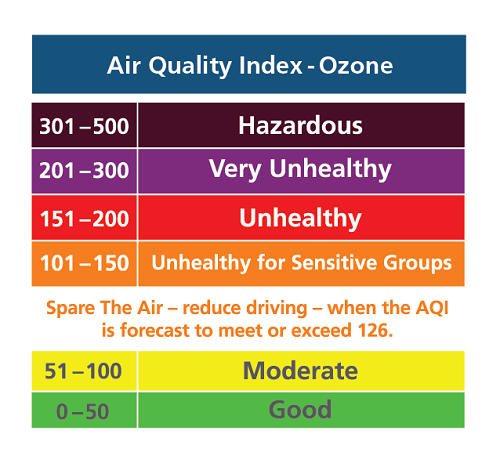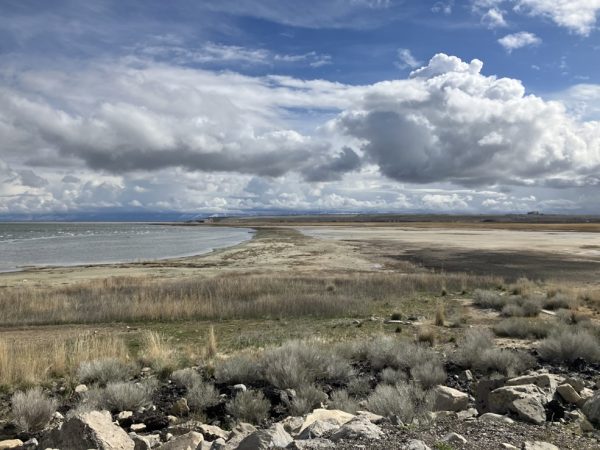Inversion Becoming a Diversion

Winter is finally hitting Utah as inversion season stars. On December 3rd Utah experienced and endured one of the worst inversions this year, causing air quality in Northern Utah to drop to the orange level on the Air Quality Index and being “unhealthy for sensitive groups” according to the Utah Department of Environmental Quality.
For the last six days Kearns, West Valley, Cache and Wasatch County have had ”degraded air quality and reduced visibility throughout the remainder of the week” stated by the National Weather Service.
On Wednesday the 4th, may of Granite School District, and other district elementary schools across the state opted schools to keep children inside for recess due to the low air quality.
Some Utah residents were hoping the rain fall on Thursday night would cure Utah of the inversion, sadly this is not the case as fog still lingers on December 8th Kearns being one of the cities still seeing more fog than road until Saturday night when snowfall seemed to cure Utah of 95% of the inversion and now Kearns and West Valley residents
Salt Lake National airport made a statement disclosing that two dozen flights had been diverted and even canceled due to the low visibility through the fog that may not disappear for a few more days.
A Utah Department of Environmental Quality told the Cougar Claw that “We are already in an inversion. Even if the air quality isn’t near the health standard, we know based on forecasting we are not going to get weather conditions that would remove the pollution. Every day we are in an inversion we are going to continue to build.” This year is not the first time Utah has seen detrimental inversions for quite a few years. There are many ways a city can cause inversions and here in Utah we are not exempt from there causes.
Most inversions happen as a result of other weather conditions in an area. They occur most often when a warm, less dense air mass moves over a dense, cold air mass, this cold air then pushes under the warmer air rising from the valley, creating the inversion. Yet the weather is not the only reason Salt Lake has seen some pretty bad air quality conditions the first few weeks in December, regulators advised Wasatch Front residents to ‘reduce emissions that contribute to the thickening fine particulate matter piling up in the haze’ seen Monday over the Salt Lake Valley. That means minimize driving, take transit or walk, turn down thermostats and don’t burn solid fuels. Which kept many Utahns in doors for the last few days, with residents advised to reduce the amount of traveling to a bare minimum.










